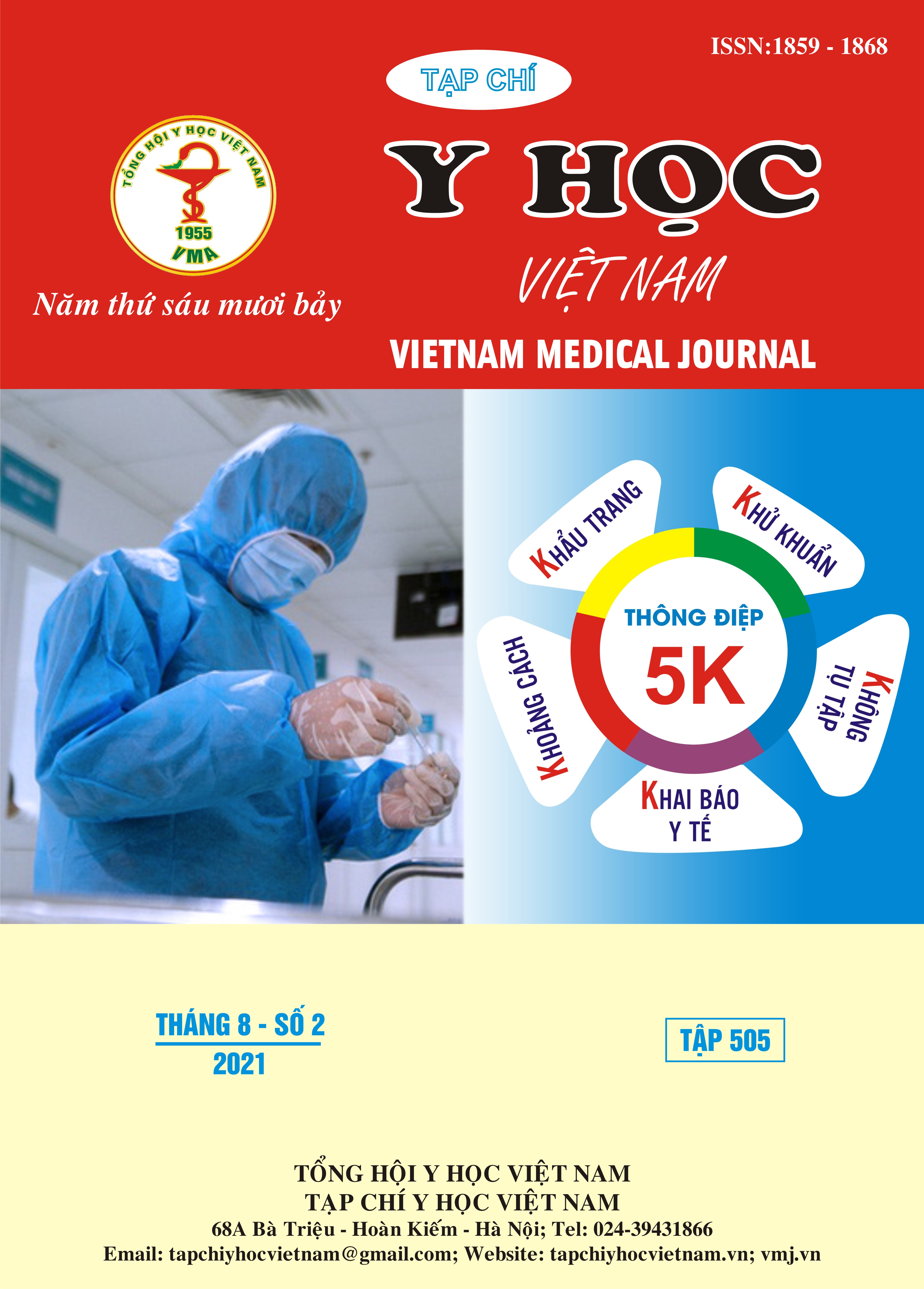A CASE OF HEART PSEUDO-TUMOR BY TAPEWORM IN RIGHT VENTRICLE – SUCCESSFUL TREATMENT AND REVIEW OF LITERATURE
Main Article Content
Abstract
Introduction: Parasitic disease is a common disease in tropical countries. This disease can have damage to many organs in the body including the heart. The heart is an organ that can be affected directly or indirectly, the disease can manifest in the myocardium or pericardium. In the literature, there are a number of articles describing heart damage caused by parasites, but only clinical reports of parasitic infections, including heart disease caused by pork tapeworms, are reported. At Viet Duc University Hospital: We announce that a rare clinical case of pork tapeworm infection in the right ventricle has been diagnosed and treated. Research method: Describe the clinical case about clinical symptoms, subclinical and management attitude for this type of lesion. Clinical case: A 51-year-old female patient, admitted to the hospital by routine physical examination, discovered an interventricular septal tumor in the right ventricular chamber. Biopsy had complications of myocardial perforation, the patient was indicated for emergency cardiopulmonary surgery, treatment of right ventricular wall perforation damage, myocardial tumor resection sent for pathology, the result was a pork tapeworm. Conclusion: Heart disease caused by tapeworms is rare but possible and should be considered when diagnosing a myocardial tumor. Preoperative diagnosis by echocardiography, magnetic resonance, serological tests.
Article Details
Keywords
Heart disease caused by parasites, tapeworms, heart tumors
References
2. Lescano AG, Garcia HH, Gilman RH, et al. Taenia solium Cysticercosis Hotspots Surrounding Tapeworm Carriers: Clustering on Human Seroprevalence but Not on Seizures. PLoS Negl Trop Dis. 2009;3(1):e371. doi:10.1371/ journal. pntd.0000371
3. Nunes MCP, Júnior MHG, Diamantino AC, Gelape CL, Ferrari TCA. Cardiac manifestations of parasitic diseases. Heart. 2017;103(9):651-658. doi:10.1136/heartjnl-2016-309870
4. Bhalla A, Sood A, Sachdev A, Varma V. Disseminated cysticercosis: a case report and review of the literature. J Med Case Reports. 2008;2:137. doi:10.1186/1752-1947-2-137
5. Butany J, Nair V, Naseemuddin A, Nair GM, Catton C, Yau T. Cardiac tumours: diagnosis and management. Lancet Oncol. 2005;6(4):219-228. doi:10.1016/S1470-2045(05)70093-0
6. Cooper LT, Baughman KL, Feldman AM, et al. The role of endomyocardial biopsy in the management of cardiovascular disease: a scientific statement from the American Heart Association, the American College of Cardiology, and the European Society of Cardiology. Endorsed by the Heart Failure Society of America and the Heart Failure Association of the European Society of Cardiology. J Am Coll Cardiol. 2007;50(19):1914-1931. doi:10.1016/j.jacc.2007.09.008
7. Spina R, Sandaradura I, Puranik R, Lee AS. Cardiac cysticercosis. Int J Cardiol. 2013; 168(1):557-559. doi:10.1016/j.ijcard.2013.01.183
8. Sharma R, Neogi S. Isolated pancreatic cysticercal cyst presenting as a diagnostic challenge: diagnosis and treatment review. BMJ Case Rep. 2015; 2015:bcr2015210774. doi:10.1136/bcr-2015-210774
9. Ng-Nguyen D, Stevenson MA, Traub RJ. A systematic review of taeniasis, cysticercosis and trichinellosis in Vietnam. Parasit Vectors. 2017;10(1):150. doi:10.1186/s13071-017-2085-9


